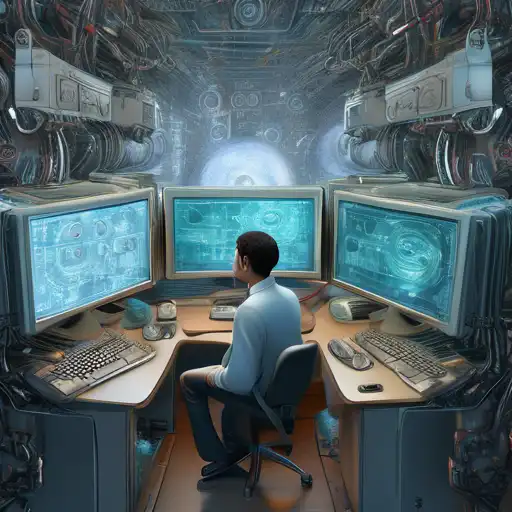Empowering Machines with Sight: The Evolution of Computer Vision
In the realm of artificial intelligence, computer vision stands as a groundbreaking technology that enables machines to interpret and understand the visual world. By leveraging digital images from cameras and videos and deep learning models, machines can accurately identify and classify objects—and then react to what they 'see'.
The Foundation of Computer Vision
At its core, computer vision seeks to replicate the complexity of human vision. This involves not just capturing images but processing and analyzing them to make decisions. The process begins with image acquisition, followed by processing, analysis, and finally, understanding.
Key Technologies Behind Computer Vision
Several technologies play pivotal roles in the development of computer vision systems:
- Deep Learning: Neural networks, especially convolutional neural networks (CNNs), have significantly advanced the field.
- Image Processing: Techniques such as filtering, edge detection, and segmentation are fundamental.
- Machine Learning: Algorithms learn from vast datasets to improve accuracy over time.
- 3D Vision: Enables depth perception, crucial for applications like autonomous vehicles.
Applications Transforming Industries
Computer vision is revolutionizing various sectors by providing innovative solutions:
- Healthcare: From diagnosing diseases through medical imaging to assisting in surgeries.
- Retail: Enhancing customer experience with cashier-less stores and personalized recommendations.
- Automotive: Powering self-driving cars with the ability to recognize traffic signs and pedestrians.
- Security: Facial recognition systems for surveillance and authentication purposes.
Challenges and Future Directions
Despite its advancements, computer vision faces challenges such as data privacy concerns, the need for massive datasets, and overcoming biases in algorithms. However, the future holds promise with the integration of augmented reality (AR) and virtual reality (VR), offering immersive experiences.
As we continue to teach machines to see, the potential applications are limitless. From enhancing everyday life to solving complex global challenges, computer vision is at the forefront of technological innovation.
For more insights into how artificial intelligence is shaping the future, explore our AI Innovations section.
